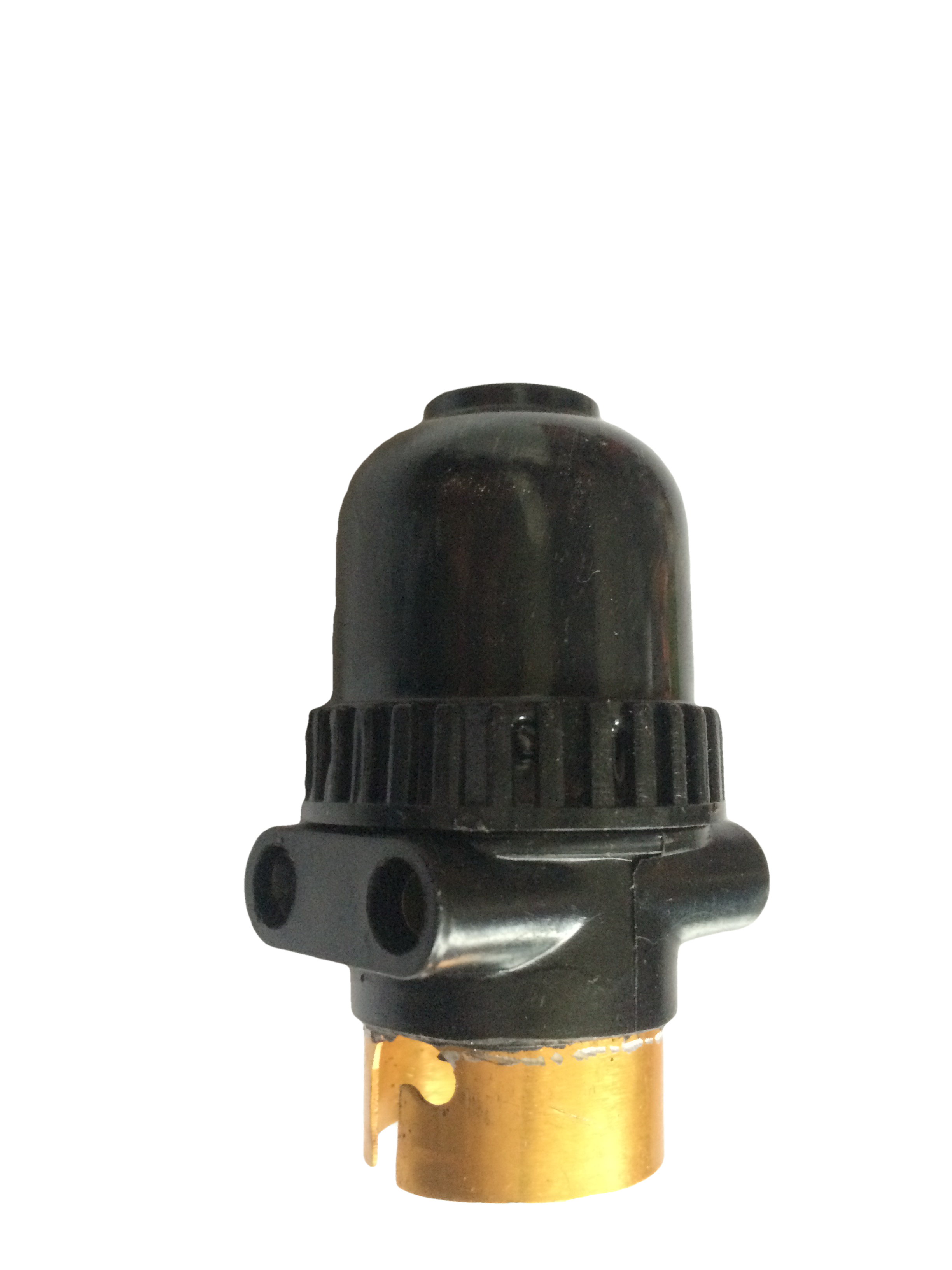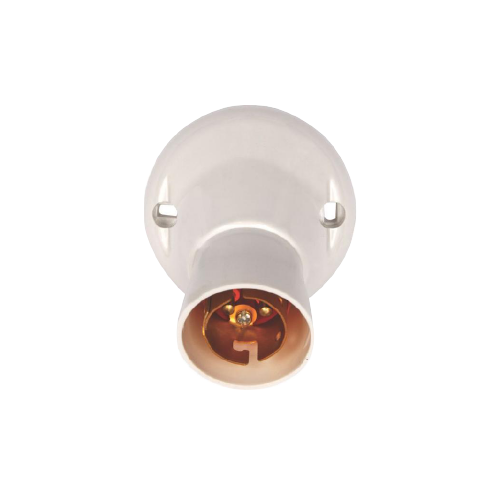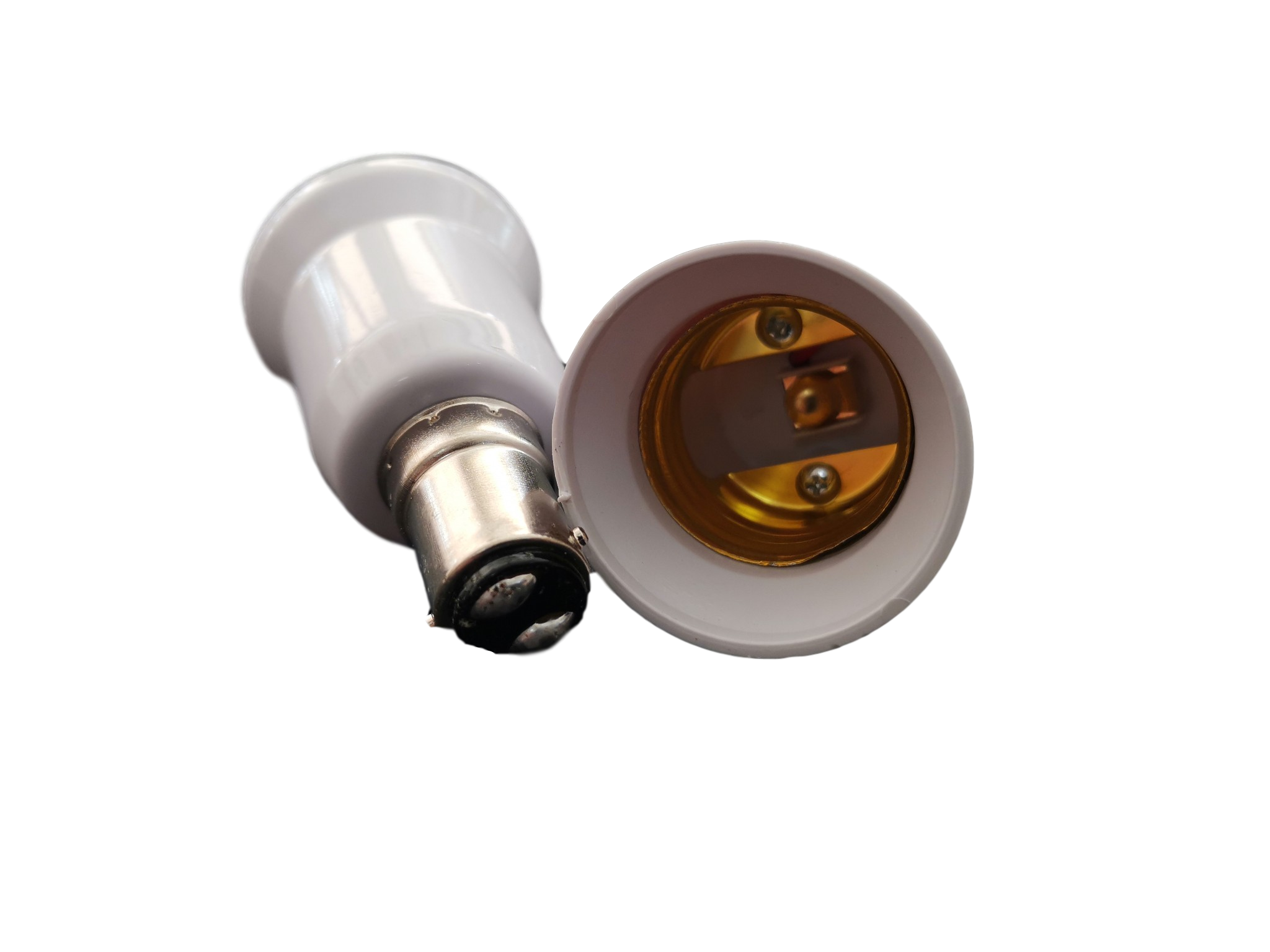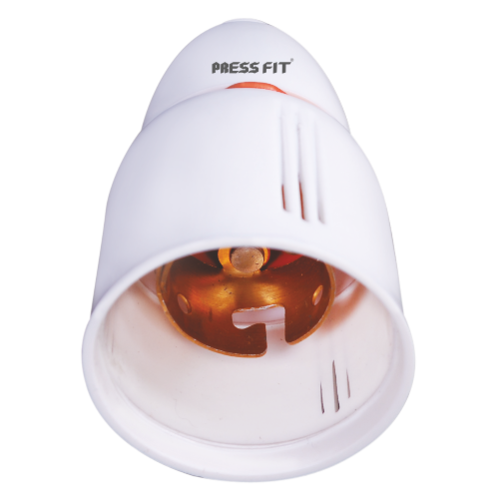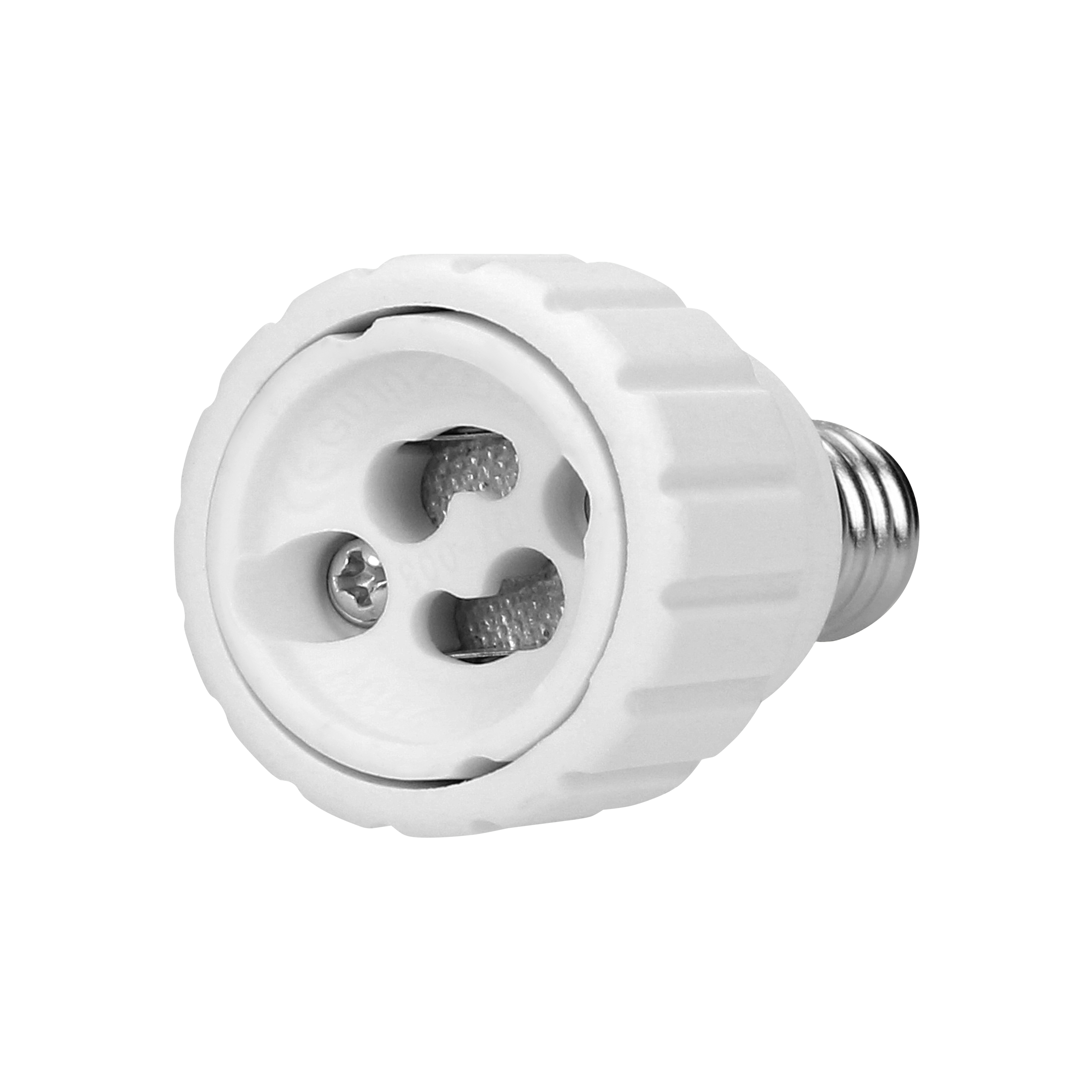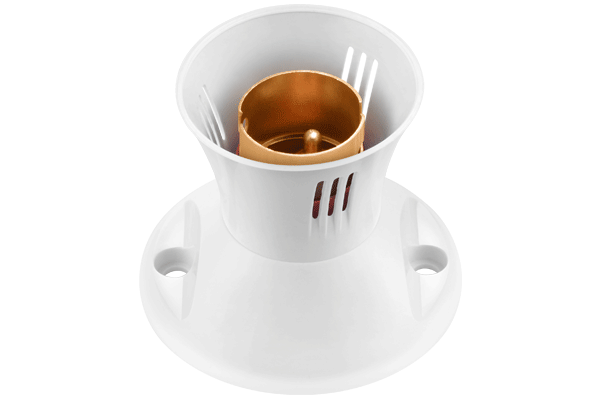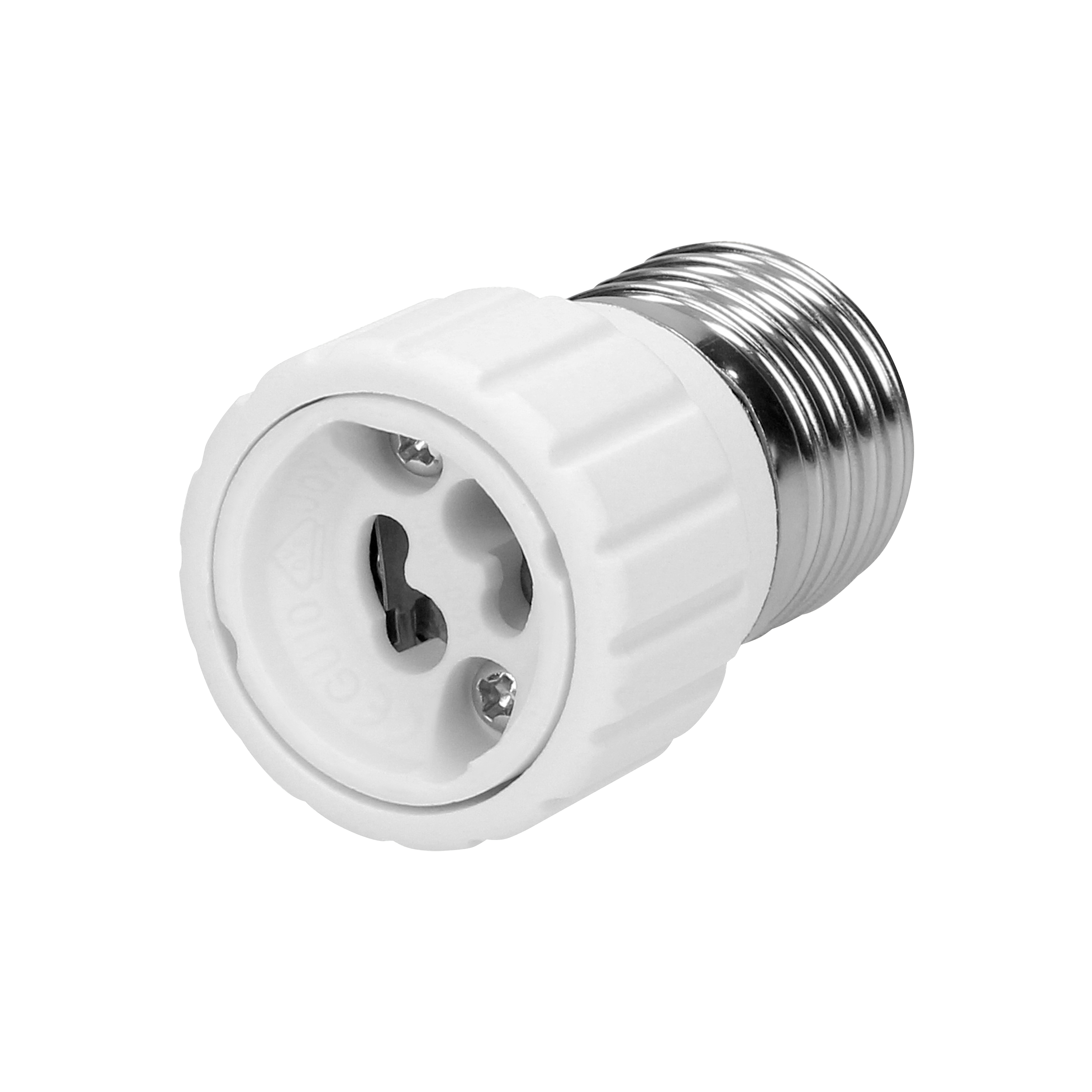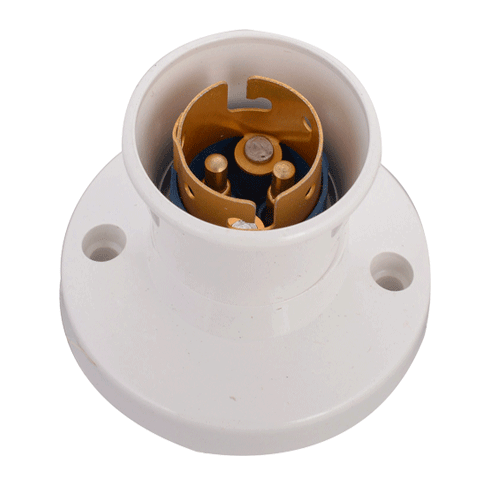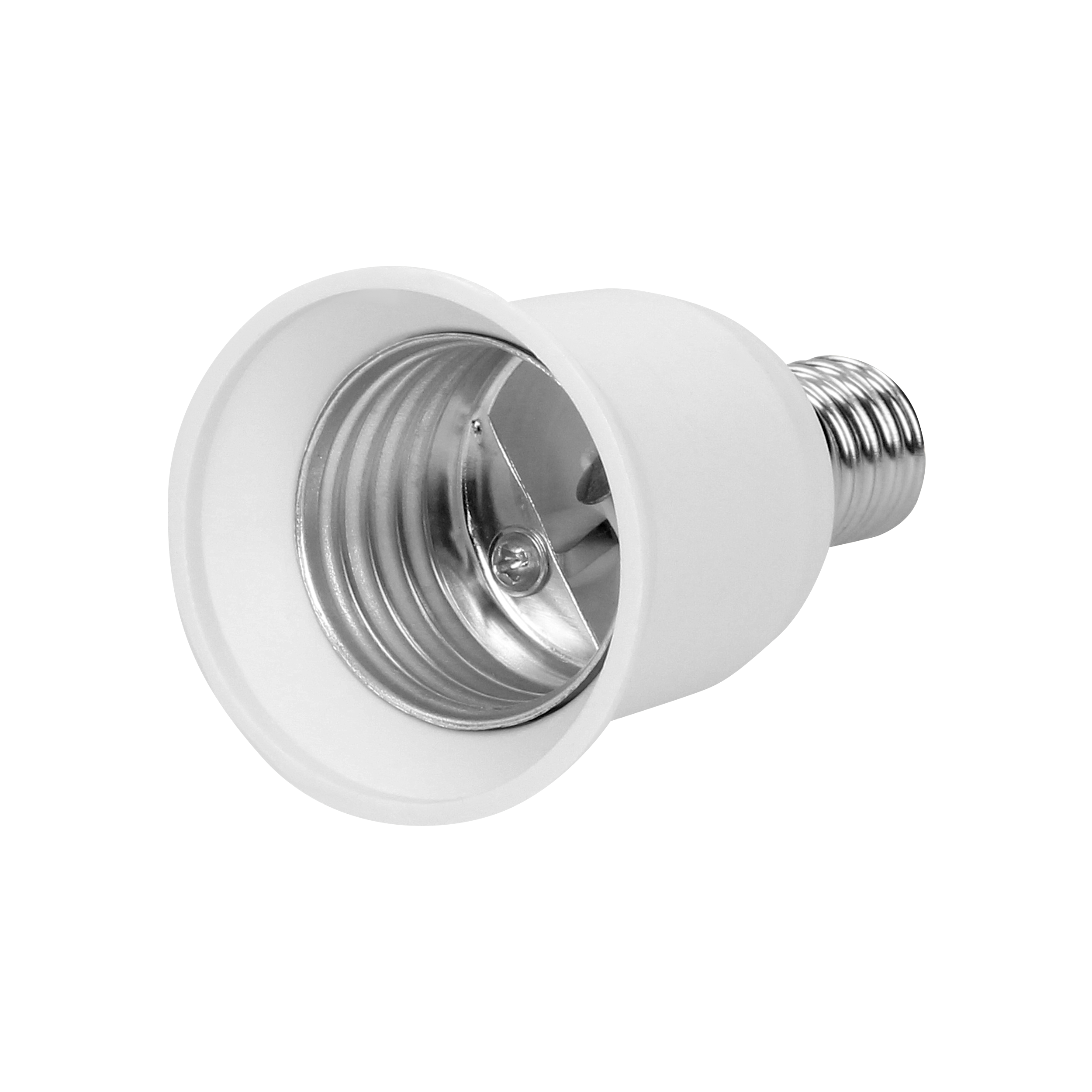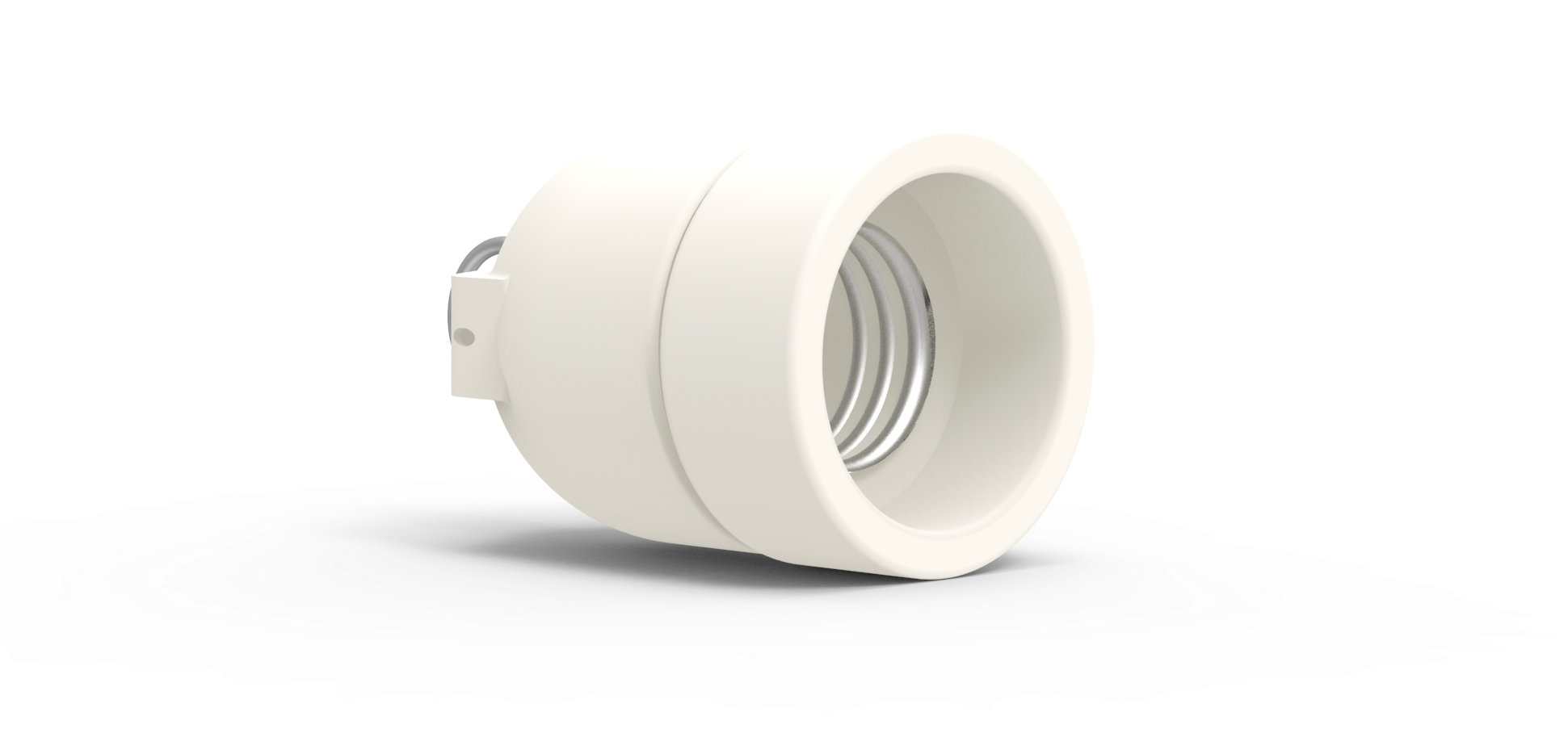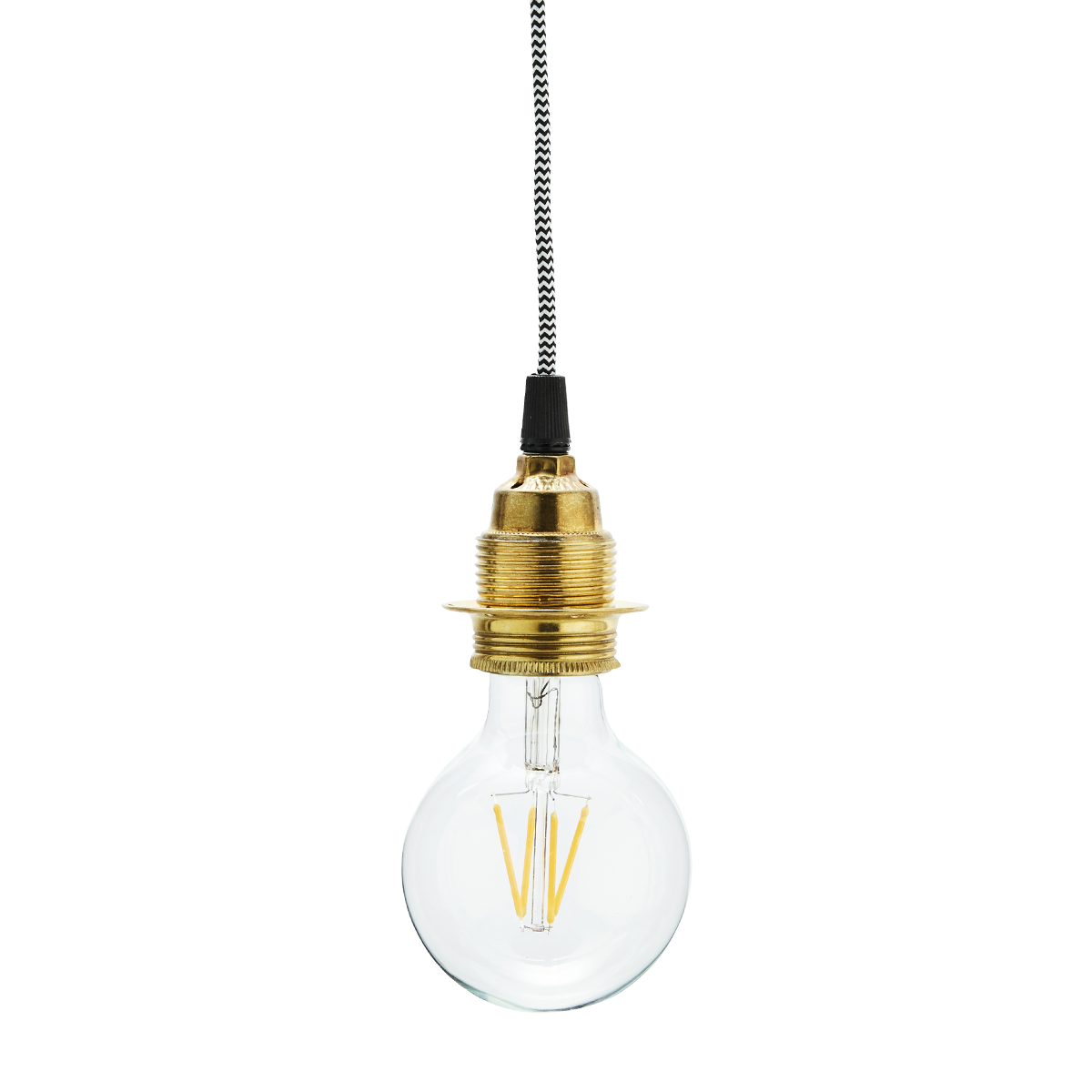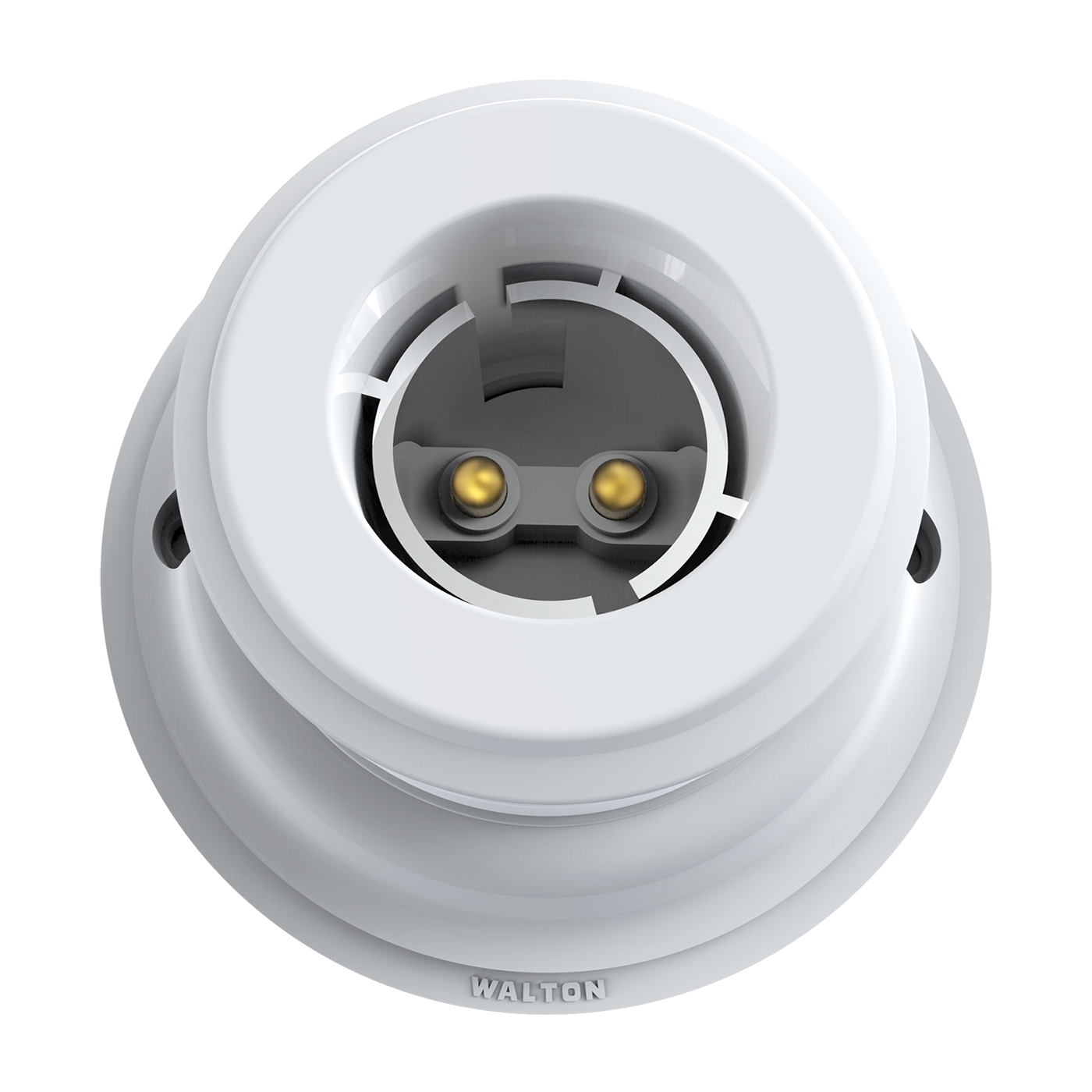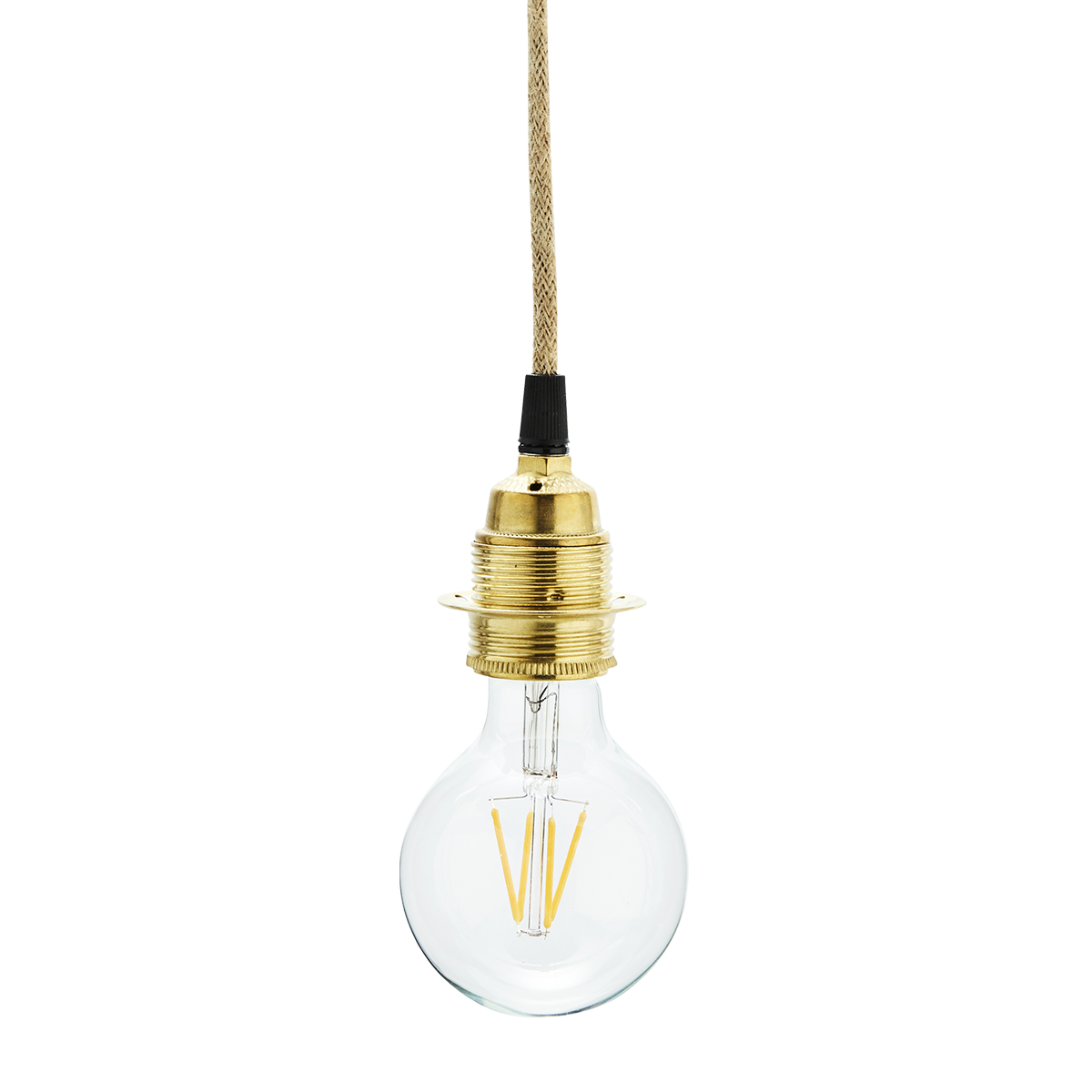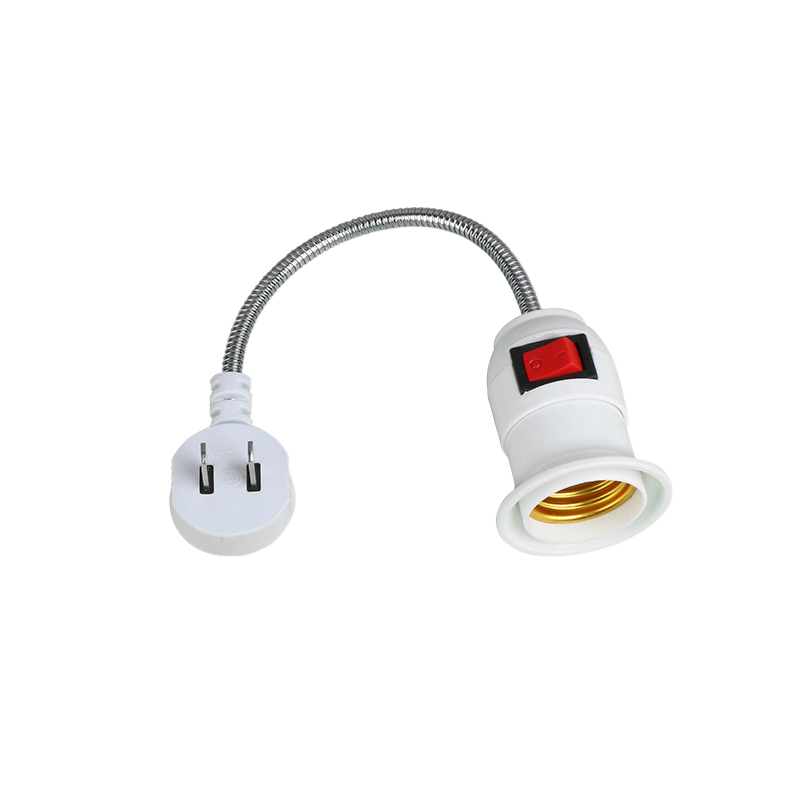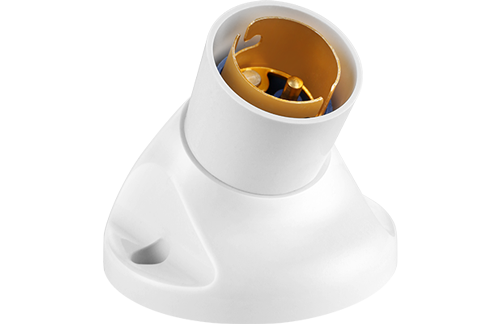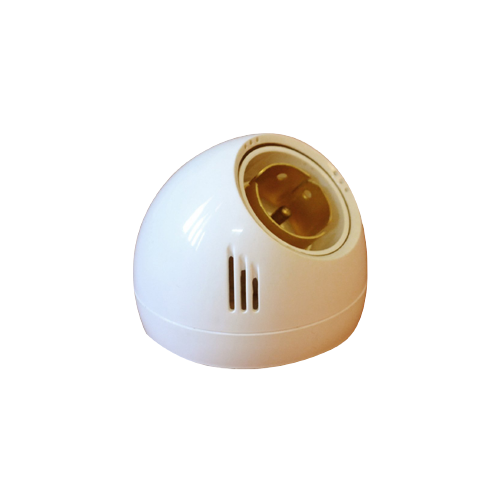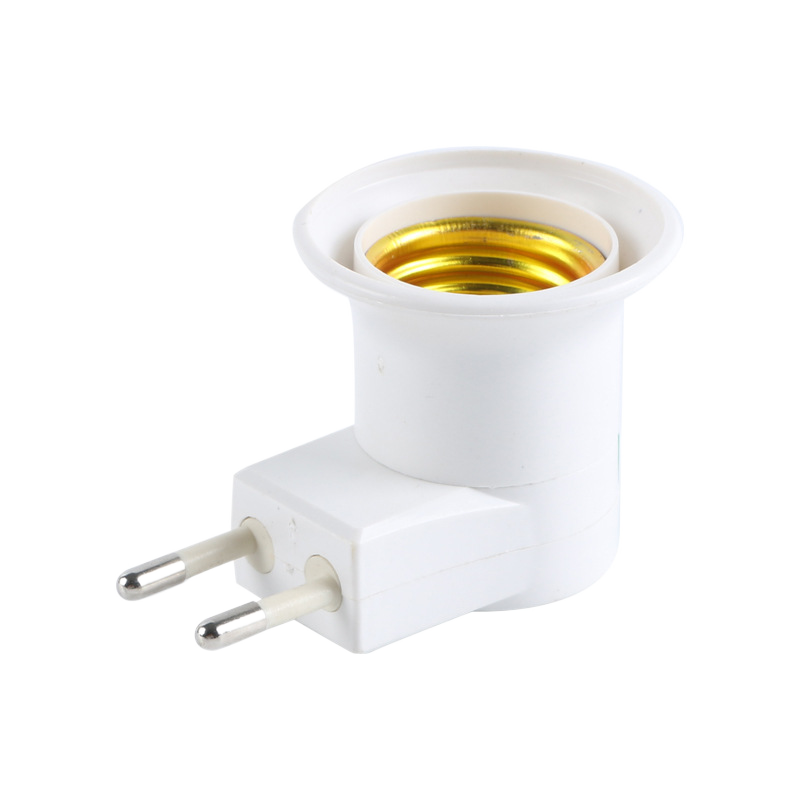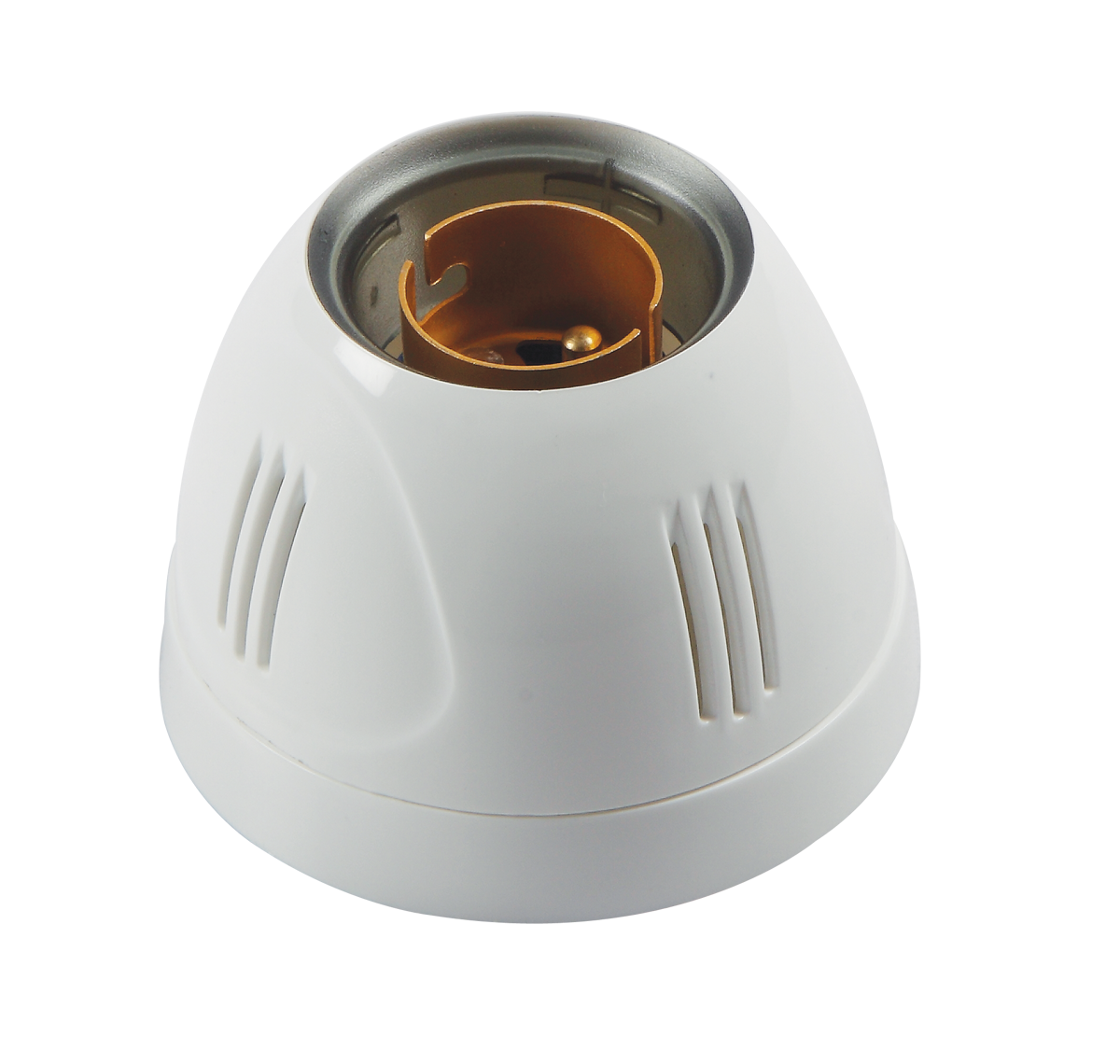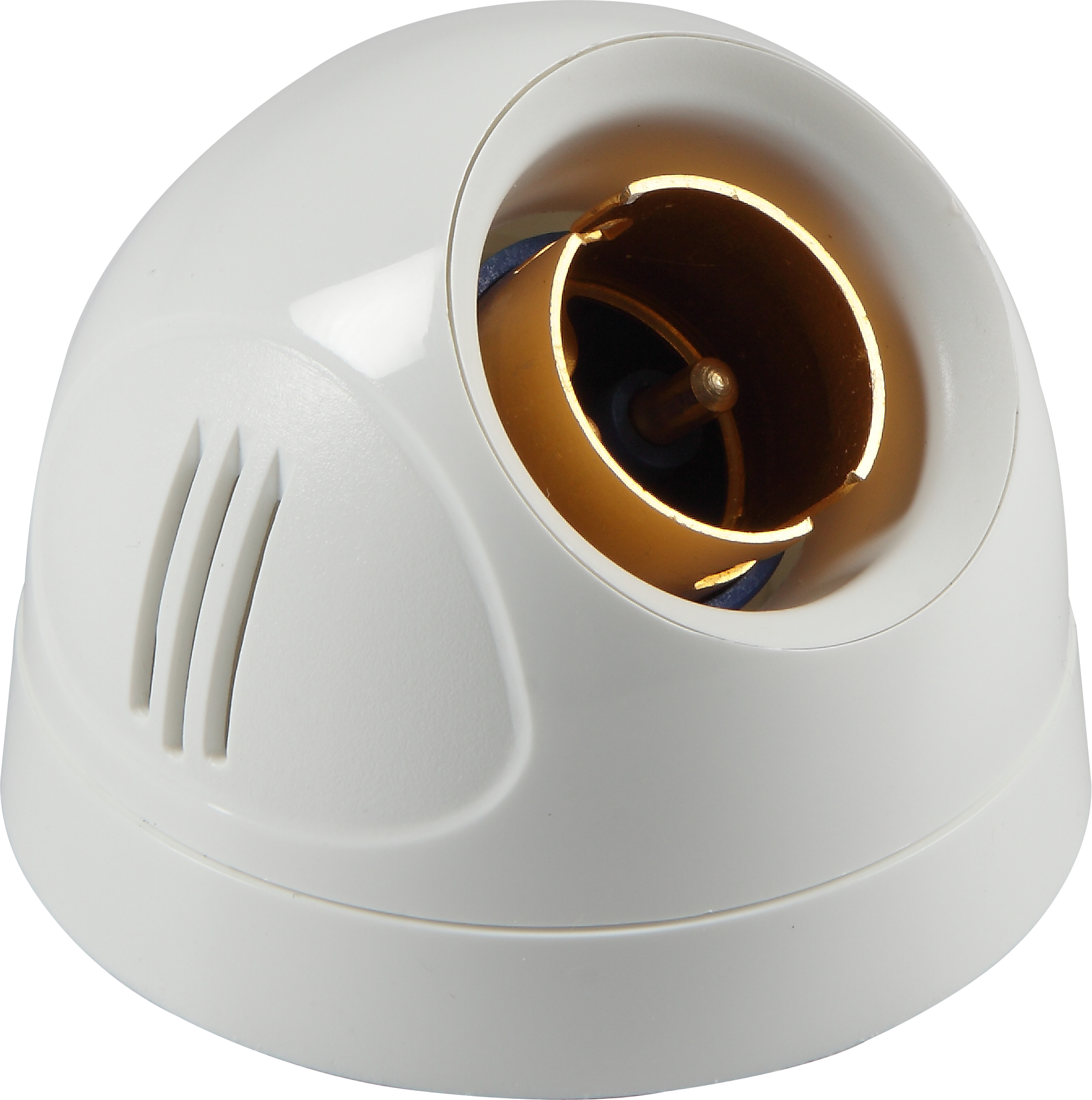Download top and best high-quality free Bulb Holder PNG Transparent Images backgrounds available in various sizes. To view the full PNG size resolution click on any of the below image thumbnail.
License Info: Creative Commons 4.0 BY-NC
A lightbulb socket, also known as a light socket, lamp socket, or lampholder, is a device that mechanically supports and connects an electric lamp. Sockets make it possible to replace bulbs in a safe and easy manner (re-lamping). Lampholders are subject to a variety of standards, including early de facto norms and subsequent standards developed by various standards bodies. Many of the newer standards use a broad coding system that uses a letter or abbreviation followed by a number to denote a socket type.
Edison screws are the most frequent form of socket for mains electricity in continental Europe and North America, whereas bayonet mounts are the most popular in Commonwealth nations, with the exception of Canada, and in the car sector. A two-pin, unthreaded socket is usually required for fluorescent bulbs.
A socket isn’t required for all bulbs. Some small lights, for example, have wire leads that may be connected directly to screw terminals or other wires, while some reflector lamps include screw terminals for electrical connections.
Wire leads had to be linked to screw terminals in early experimental incandescent lights, but this proved impractical for commercial usage. On the commercial steamer SS Columbia, the first ship to employ electric light bulbs, the Edison organization used basic wooden receptacles with internal copper strips for lights. Although these sockets had switches, they required that lamps be set upright.
In 1880, the Edison group created a screw-base that was first built of wood but was eventually replaced with plaster of Paris. In the early days of incandescent lighting, a slew of competing lamp and socket designs developed, many of which were incompatible with one another.
A lampholder socket’s design specifies and restricts its intended function. Unlike bakelite or comparable polymers, ceramic insulation can sustain much greater working temperatures. Electrical components and cables must be rated for the required current plus a safety factor.
In the design of a new socket, the contact surface area, thickness and conductivity of the metal, connecting techniques, and maximum working temperature must all be taken into account. Mechanical issues such socket design, fixture mounting and attachment, lamp support, simplicity of re-lamping, and total cost of production must also be taken into account. Sockets meant for everyday domestic and industrial use offer a lot more design flexibility than precise sockets.
The lampholder must be far enough away from the filament for the lowest melting point metals to stay solid. This metal used to be a tin/lead solder with a melting point as low as 180 °C (356 °F). The design of a socket must allow for a significant amount of expansion and contraction due to the thermal changes from ambient temperature to full operational temperature. To allow these dimensional variations, spring components are necessary. The temperature at which a metal loses its spring, on the other hand, is much lower than the melting point. This is why some antique sockets that have stopped working can be fixed by gently pulling up the base spring.
Mechanical abuse or overheating are the most common causes of lampholder failure. In typical use, a socket with a built-in switch is far more likely to fail when the switch parts wear down. Impacts or difficulties inserting or removing a light are the most common causes of lamp insulation failure. Sockets used outdoors or in wet regions are prone to corrosion, which can cause the light to “stick” in the socket, and attempts to change the lamp can lead to lamp or lampholder damage. Corrosion can be caused not just by the environment, but also by current running through the parts when there is a significant resistance between them. To avoid moisture accumulation in the socket area, fixtures in such locations may require gaskets or other waterproofing techniques.
Download Bulb Holder PNG images transparent gallery.
- Bulb Holder PNG Background
Resolution: 2448 × 3264
Size: 2398 KB
Image Format: .png
Download
- Bulb Holder PNG Clipart
Resolution: 500 × 500
Size: 55 KB
Image Format: .png
Download
- Bulb Holder PNG Cutout
Resolution: 2048 × 1536
Size: 733 KB
Image Format: .png
Download
- Bulb Holder PNG File
Resolution: 500 × 500
Size: 139 KB
Image Format: .png
Download
- Bulb Holder PNG Free Image
Resolution: 2500 × 2500
Size: 1022 KB
Image Format: .png
Download
- Bulb Holder PNG HD Image
Resolution: 600 × 400
Size: 34 KB
Image Format: .png
Download
- Bulb Holder PNG Image File
Resolution: 2500 × 2500
Size: 1066 KB
Image Format: .png
Download
- Bulb Holder PNG Image HD
Resolution: 500 × 500
Size: 67 KB
Image Format: .png
Download
- Bulb Holder PNG Image
Resolution: 500 × 500
Size: 111 KB
Image Format: .png
Download
- Bulb Holder PNG Images HD
Resolution: 2500 × 2500
Size: 1093 KB
Image Format: .png
Download
- Bulb Holder PNG Images
Resolution: 1941 × 929
Size: 397 KB
Image Format: .png
Download
- Bulb Holder PNG Photo
Resolution: 1200 × 1200
Size: 365 KB
Image Format: .png
Download
- Bulb Holder PNG Photos
Resolution: 1400 × 1400
Size: 998 KB
Image Format: .png
Download
- Bulb Holder PNG Pic
Resolution: 1200 × 1200
Size: 305 KB
Image Format: .png
Download
- Bulb Holder PNG Picture
Resolution: 800 × 800
Size: 147 KB
Image Format: .png
Download
- Bulb Holder PNG
Resolution: 500 × 324
Size: 84 KB
Image Format: .png
Download
- Bulb Holder Transparent
Resolution: 500 × 500
Size: 74 KB
Image Format: .png
Download
- Bulb Holder
Resolution: 800 × 800
Size: 212 KB
Image Format: .png
Download
- Bulb Holder Background PNG
Resolution: 1200 × 1140
Size: 767 KB
Image Format: .png
Download
- Bulb Holder No Background
Resolution: 1890 × 1904
Size: 2867 KB
Image Format: .png
Download
